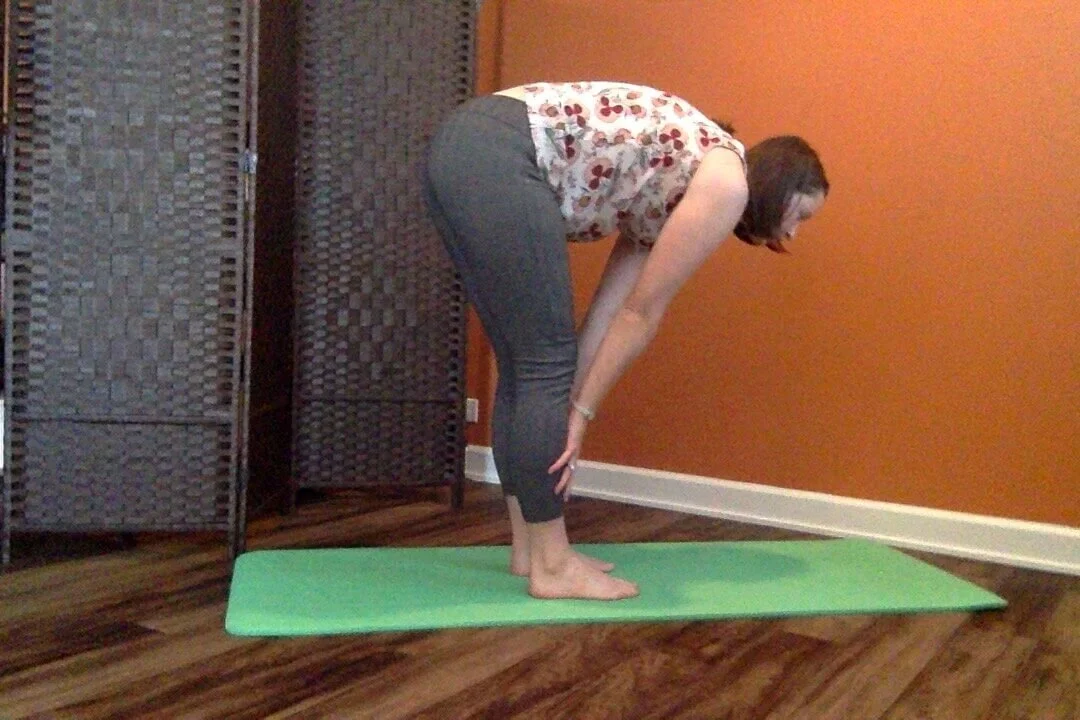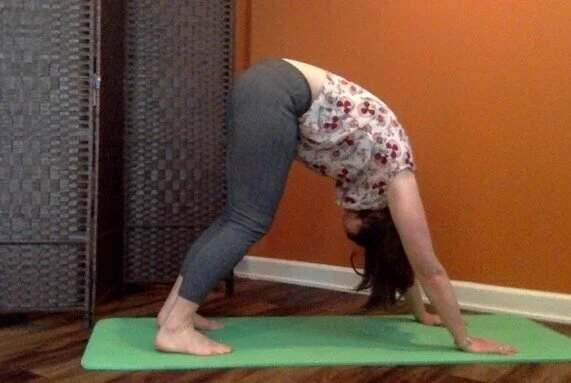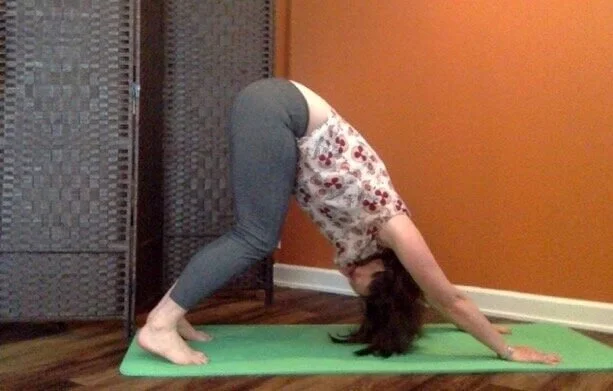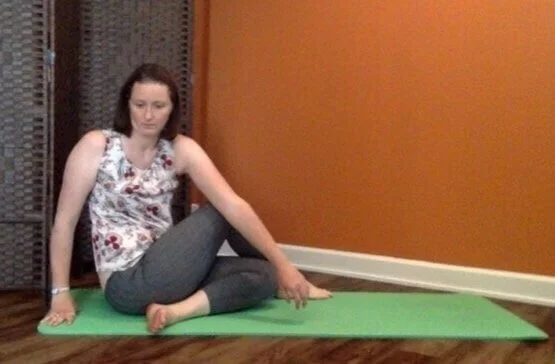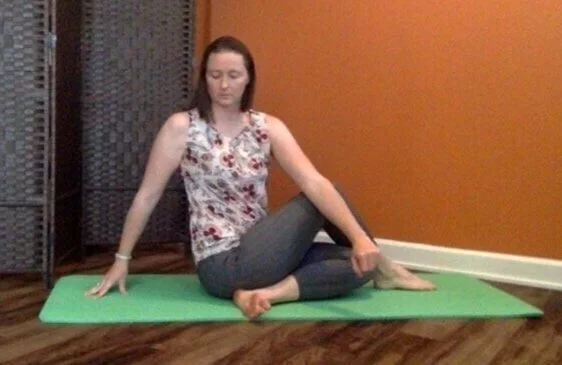Yoga poses - the importance of neutral spine
Yoga is amazing, I love the combination of stretching and strengthening. It is great in pregnancy, and I really believe that those of us who are tight are the exact people who really need to do yoga more. Did you notice that I admitted that I am one of the tight people? I am. I could never touch my toes as a child or teen. I can’t right now due to pandemic craziness and increased sitting. When I can touch my toes, it is directly related to the slow movements and deep stretches of yoga.
All that being said, I think the yoga profession and culture is struggling. Non flexible people who really need yoga do not understand the benefits of yoga for their bodies. At the same time teachers do not always understand how non flexible people or beginning yogis need to modify poses. Those who are tight need yoga in their lives, but they often do not get the support they need to do yoga safely and appropriately.
Yoga teachers are usually flexible enough to make all poses look easy due to practice or natural flexibility. They move through poses effortlessly, and without limitations in their muscle length they are able to position their bodies in ways that most of us cannot achieve. In their limber and loose bodies, downward dog is performed with straight legs, heels down, and straight back, but I cannot do that. I have to choose, which body part should I prioritize. My back? My legs? or my heels down? As a physical therapist, I know the answer, but I have only once heard a teacher explain the answer in a class. Since most yoga students are not physical therapists, I have seen a lot of people doing poses incorrectly. This is not the yoga students fault, and it is not an individual yoga teacher’s fault either, but it does create a mismatch between teachers and students. It is an overall issue in the yoga profession and in yoga culture.
Standing Half Forward Bend - Ardha Uttanasana
Standing Half Forward Bend - Ardha Uttanasana - with poor form
Ardha Uttanasana - Standing Half Forward Bend - correctly performed
On the left, I am focusing on keeping my legs straight and placing my hands on my shins as yoga instructors do when demonstrating at the front of the class. On the right, I am focused on my spinal alignment, keeping my shoulder blades down, allowing my knees to bend slightly, and placing my hands above my knees.
Downward Facing Dog - Adho Mukha Svanasana
Downward Facing Dog - Adho Mukha Svanasana - Incorrectly performed
Downward Facing Dog - Adho Mukha Svanasana - correctly modified
On the left, I am keeping my legs straight and heels down as many new yogis do in classes. On the right I am focused again on my spinal alignment and keeping my shoulder blades down.
Half Lord of the Fishes - Ardha Matsyendrasana
Half Lord of the Fishes - Ardha Matsyendrasana - incorrectly performed
Half Lord of the Fishes - Ardha Matsyendrasana - correctly performed
On the left I am focused on twisting as far as I can. On the right I am focused on keeping my head up and spine long to sit as tall as I can.
So, to simplify it all, prioritize your spine. This is a good general guideline for yoga. Most poses should be completed in neutral spine or close to. Comment below to let me know what you think. I would love to hear from you.


